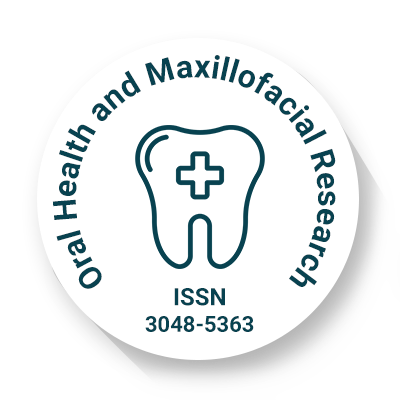
Oral Health and Maxillofacial Research
OPEN ACCESS
ISSN: 3048-5363

OPEN ACCESS
ISSN: 3048-5363
The field of dentistry known as endodontics focuses on the examination and management of the periradicular tissues and tooth pulp. The creation and health of teeth are significantly influenced by the dental pulp, which is the core of the tooth and contains connective tissue, blood vessels, and nerves. By treating the illnesses and damage to these internal tissues, endodontic therapy aims to preserve the natural dentition.
Scope of Endodontics
Root canal therapy is the most common endodontic procedure used to treat necrotic or infected pulp tissue brought on by cavities, trauma, or fractures. The process entails:
Where nonsurgical endodontic treatment is not feasible or sufficient, surgical interventions like removal of the root tip and sealing of the canal end may be an option.
Advancements in Endodontic Practice
To increase treatment success and patient comfort, endodontics has also made significant technological and strategic advancements:
Clinical Considerations and Outcomes
Appropriate case selection, asepsis, and appropriate root canal system debridement and obturation are all necessary for successful endodontic treatment. Complications such as instrument separation, perforations, or persistent infections might compromise the effectiveness of treatment and necessitate repeat care.
The following prognostic factors affect endodontic success:
Emerging Research and Future Perspectives in Endodontics
Recent endodontic research has focused on biomaterials, regenerative treatments, and bioactive endodontic sealers in an effort to improve treatment success. Research is being done on antimicrobial photodynamic therapy, bioactive pulp restoration scaffolds, and nanomaterials in obturation treatments to encourage healing and prevent treatment failure. Artificial intelligence (AI)-based advanced diagnostic methods are being developed and applied in endodontic imaging to aid in the precise detection of periapical diseases and challenging canal morphology. The predictability and endurance of endodontic treatment could be further enhanced by all of these technologies, which would ultimately result in better patient care and clinical efficacy.